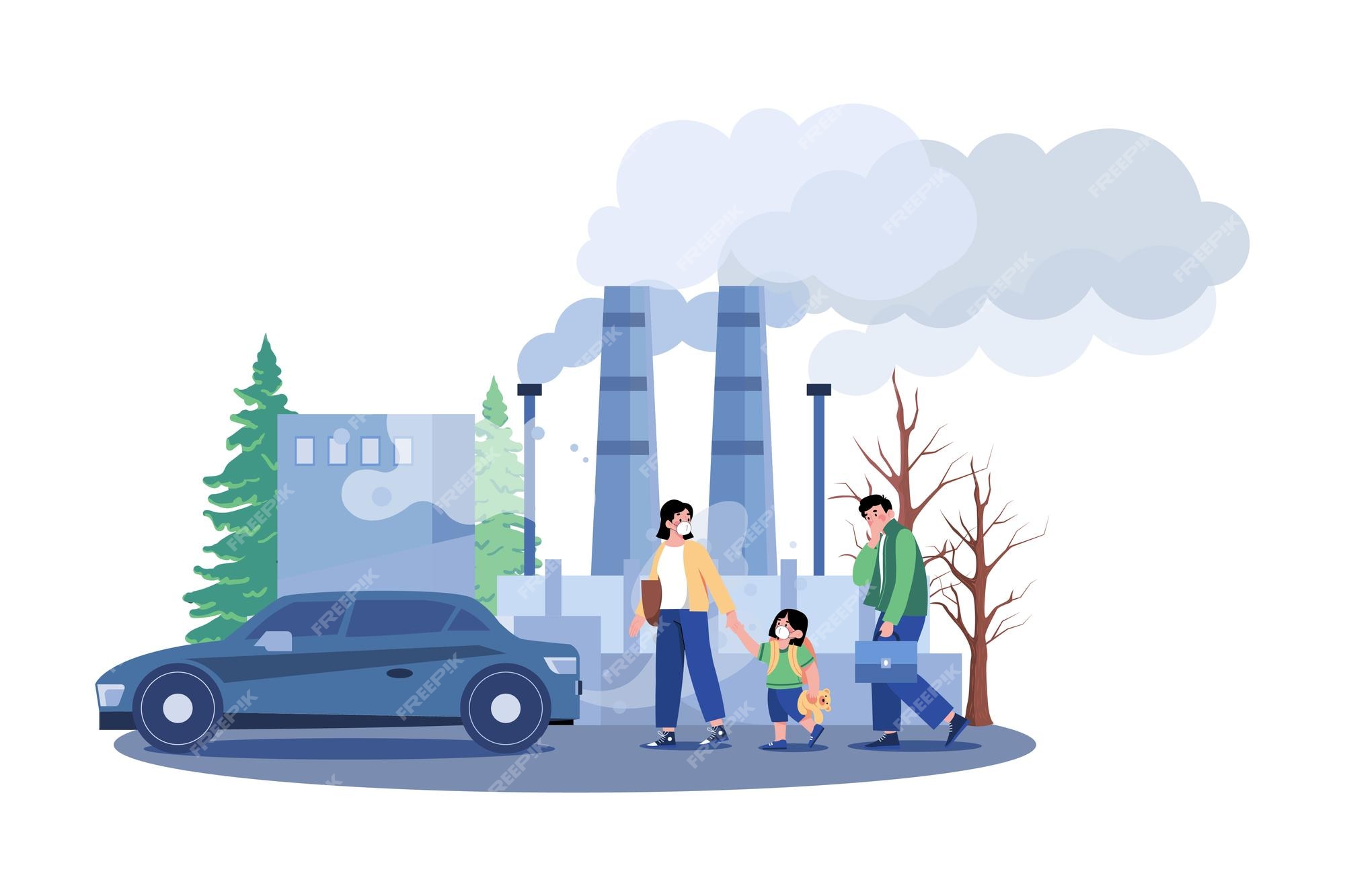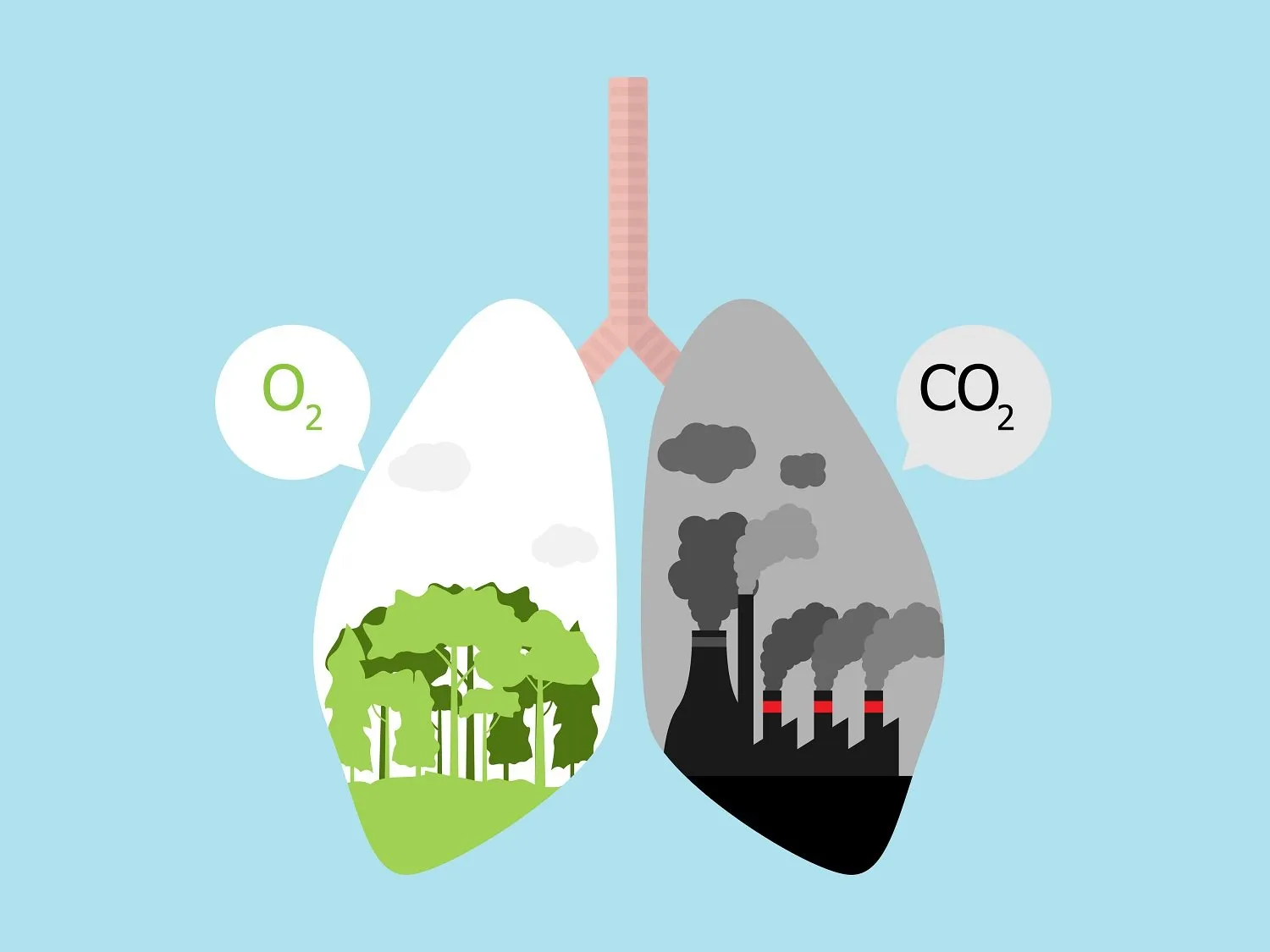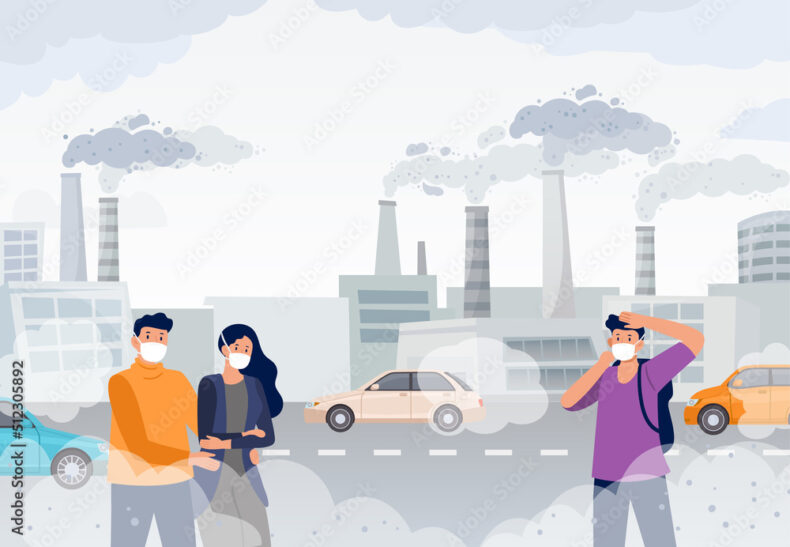Particulate air pollution, often referred to as “PM2.5” due to the tiny size of the particles, is a major environmental concern that poses significant risks to human health. This article delves into the insidious relationship between particulate air pollution and premature death, shedding light on the grave consequences of breathing in these microscopic particles.
Table of Contents
Understanding Particulate Air Pollution
Particulate matter refers to a complex mixture of tiny solid particles and liquid droplets suspended in the air. These particles vary in size, with PM2.5 particles being particularly concerning due to their minuscule diameter of 2.5 micrometres or smaller. Despite their small size, PM2.5 particles can penetrate deep into the respiratory system and even enter the bloodstream, wreaking havoc on various organs.

Lethal impact
Numerous scientific studies have established a clear link between particulate air pollution and a range of adverse health outcomes. Short-term exposure to elevated PM2.5 levels can exacerbate respiratory conditions such as asthma and chronic obstructive pulmonary disease (COPD), leading to hospitalizations and even premature death, particularly among vulnerable populations such as the elderly and children.
Long-term exposure to particulate air pollution has been associated with more severe consequences. It increases the risk of developing cardiovascular diseases, including heart attacks, strokes, and hypertension. Additionally, prolonged exposure to PM2.5 particles is linked to various cancers, cognitive decline, and adverse pregnancy outcomes.

Solutions to Combat Particulate Air Pollution and Prevent Premature Deaths

The dire consequences of particulate air pollution underscore the urgent need for comprehensive and effective solutions. Mitigating the impact of this invisible but deadly threat requires a multi-pronged approach that involves governments, industries, communities, and individuals. Here are some key solutions to combat particulate air pollution and prevent premature deaths:
- Transition to Clean Energy Sources:
One of the most effective ways to reduce particulate air pollution is by transitioning from fossil fuels to cleaner and renewable energy sources such as solar, wind, hydroelectric, and geothermal power. Governments should invest in renewable energy infrastructure and provide incentives for industries and households to adopt cleaner technologies.
- Improve Vehicle Emissions Standards:
Transportation is a major contributor to particulate air pollution. Governments should enforce stricter emissions standards for vehicles, encourage the adoption of electric and hybrid vehicles, and invest in public transportation systems to reduce reliance on individual car use.
- Promote Green Urban Planning:
Designing cities with green spaces, parks, and trees can help absorb pollutants and improve air quality. Urban planners should prioritize sustainable development, pedestrian-friendly infrastructure, and efficient public transportation to reduce traffic congestion and pollution.
- Enhance Industrial Regulations:
Industries that emit pollutants should be subject to stringent regulations and regular monitoring. Implementation of advanced pollution control technologies and adoption of cleaner production methods can significantly reduce particulate emissions.
- Support Research and Innovation:
Continued research into the sources, composition, and health effects of particulate air pollution is crucial for developing targeted solutions. Governments, academia, and industries should collaborate to fund research and promote innovation in air quality monitoring and pollution reduction technologies.
- International Cooperation:
Air pollution knows no boundaries, and its impacts can extend far beyond national borders. International cooperation and agreements are essential to address transboundary pollution issues, share best practices, and collectively combat particulate air pollution on a global scale
Conclusion
As we navigate an increasingly urbanized and industrialized world, it is imperative to prioritize policies and practices that reduce particulate air pollution and safeguard human health. The battle for clean air is not only a fight for a healthier present but also for a longer and more vibrant future for generations to come.












